Two weeks after the terrorist attack in Pahalgam in Indian-administered Kashmir that claimed 26 lives, India and Pakistan appear to be on the brink of war.
A key factor in the de-escalation of past crises has been Washington’s role as a third-party crisis manager. While the recent call for restraint from the US Secretary of State, Marco Rubio, shows US concerns over the gathering crisis, there are considerable uncertainties surrounding what role the US is prepared to play in de-escalation.
US President Donald Trump remarked after the attack that he is “sure they’ll figure it out one way or the other … There’s great tension between Pakistan and India, but there always has been,” which appears to put the onus of de-escalation on New Delhi and Islamabad.
What is needed now is robust, real-time crisis communication between the two nations. Instead, both sides appear ready to ratchet up tensions further, with inflammatory rhetoric, enhanced military preparedness and skirmishing along the so-called line of control which separates the two countries in Kashmir.
The need to give reassurance to each party through empathetic communication is particularly important in the India-Pakistan context. First, the risks of escalation between India and Pakistan are greater than they were in 2019 after the Jaish-e-Mohammed (JeM) terrorist bombing, which killed 40 Indian troops at Pulwama near to Kashmir’s main town of Srinagar.
India identified the Pakistani state as responsible for the attack and responded with airstrikes against what it claimed was a JeM training camp at Balakot in north-western Pakistan. The absence of a trusted channel of communication brought both countries closer than ever to a missile exchange.
Mike Pompeo, then secretary of state in the first Trump administration, claimed in a 2023 memoir that both sides had readied their nuclear deterrents. Whatever the veracity of Pompeo’s claims, it’s clear that mutual restraint is critical to avoiding miscalculations.
But Indian Prime Minister Narendra Modi’s delegation of greater operational freedom to the Indian military after the Pahalgam attack has raised concerns that India’s use of force could be more extensive than in 2019. Modi has vowed to pursue and punish the terrorists and their abetters “to the ends of the Earth,” a pledge that raises domestic political costs for him and his government if there is no military follow-through.
Lessons from the Cuban missile crisis
One important lesson from past nuclear standoffs – especially the Cuban missile crisis – is that leaders of adversarial nuclear states can sometimes forge empathetic channels of communication that help pull their countries back from the brink. There was no established hotline in October 1962. But US president John F Kennedy and his Soviet counterpart, Nikita Khrushchev, exchanged a series of letters in which they acknowledged and expressed their shared vulnerability to nuclear war.
There was no talk of nuclear jingoism or the manipulation of nuclear threats. Instead, as one of us (Nicholas) has argued in a study co-authored with US academic Marcus Holmes, the nuclear shadow that hung over the two leaders encouraged the development of mutual empathy and a bond of trust that were both critical to the peaceful resolution of the crisis.
Kennedy and Khrushchev could have responded to the condition of mutual nuclear vulnerability with brinkmanship, and turned the crisis into what Thomas Schelling – one of the most prominent US nuclear strategists and an advisor to the Kennedy administration – called a “competition in risk-taking.” But instead, they recognized that competitive manipulations of risk could only lead to mutual disaster, which enabled them to avert a potential nuclear exchange.
Indian and Pakistani leaders could take their cue from this episode. A recent report by the nuclear thinktank Basic (co-edited by Nicholas) urged policymakers to avoid viewing crises as “zero-sum tests of will.” Instead, they should see them as opportunities for cooperation to avert catastrophe.
Why an India-Pakistan hotline is vital
But the absence of a trusted confidential line of communication between the leaders of India and Pakistan is a major barrier to empathetic communication. It prevents the two reaching a proper appreciation of shared vulnerabilities that is so critical to crisis de-escalation. As Basic recommended in a 2024 report, the most important contribution to crisis de-escalation between the two countries would be to establish a leader-to-leader hotline.
Schelling called the US-Soviet hotline agreement of 1963 the “best single example” of a measure that increased confidence in mutual restraint on both sides, and virtually ruled out what he called the “anxiety to strike first.”
Such a hotline between the highest levels of Indian and Pakistani diplomacy would be an important step towards preventing these crises from spinning out of control. More crucially, it could play a pivotal role in managing crises when they do occur, offering a vital channel for reassurance and de-escalation.
Crucially, real-time, reliable and empathetic communication would allow each side to clarify the other’s intent, signal reassurance, correct misperceptions and demonstrate restraint.
India and Pakistan should not see these mechanisms as concessions or signs of weakness, but as instruments for enhancing mutual security between two nuclear adversaries. In a nuclear age where the margin for error is vanishingly small, overconfidence and brinkmanship must give way to prudence and restraint.



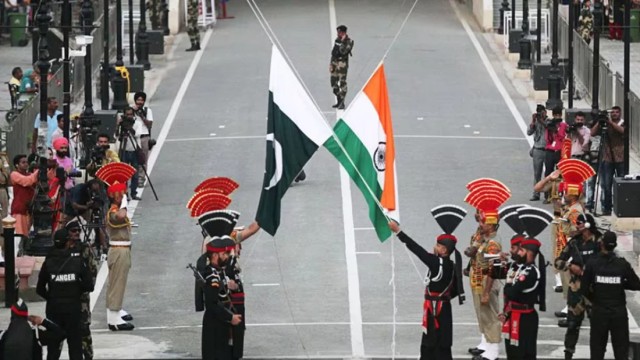
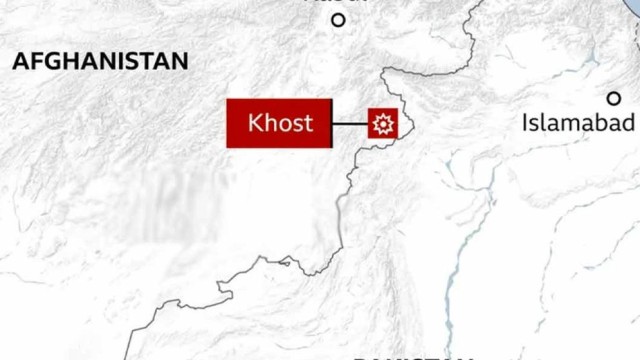
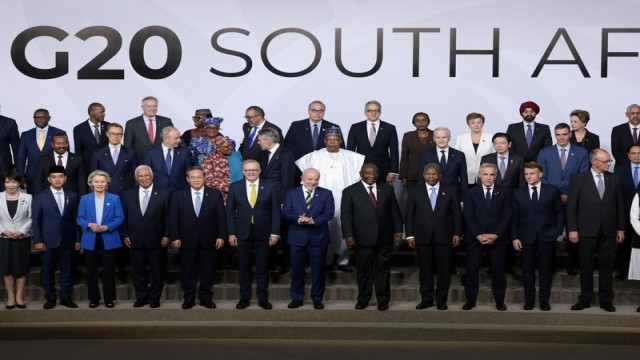

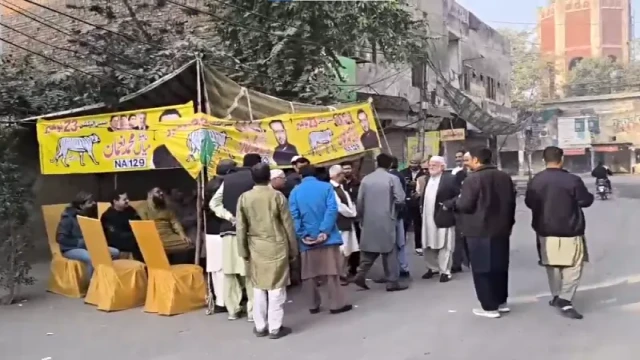
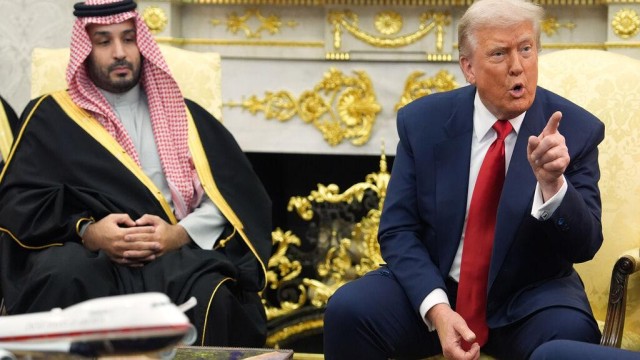


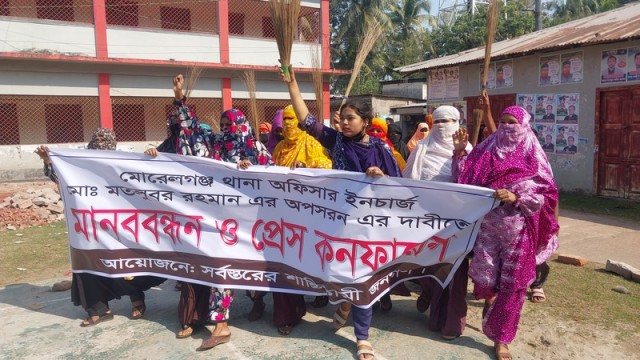
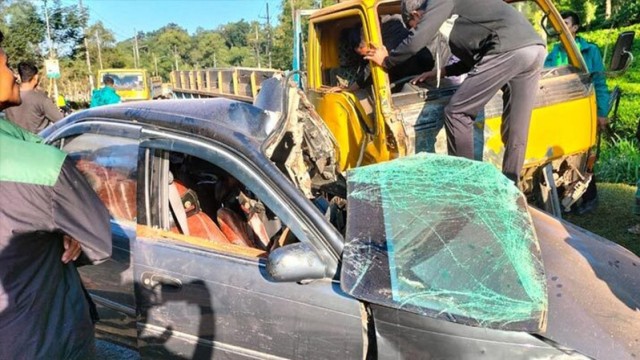
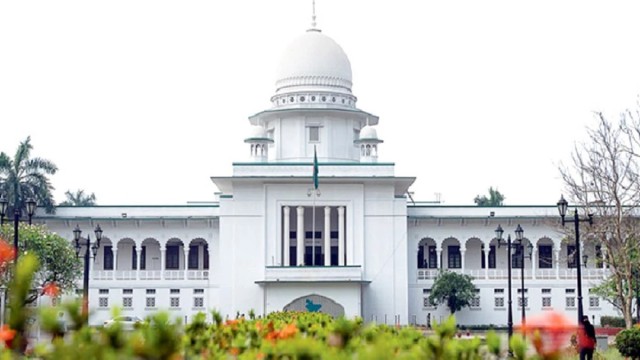

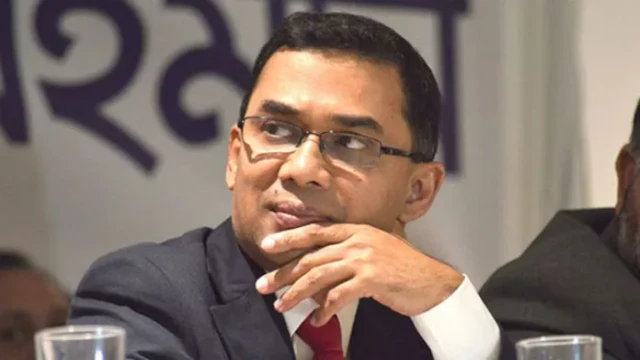
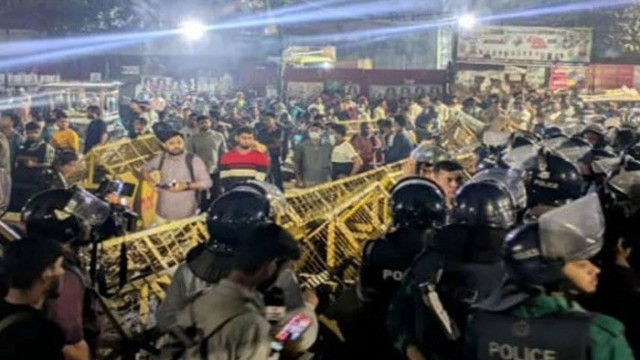

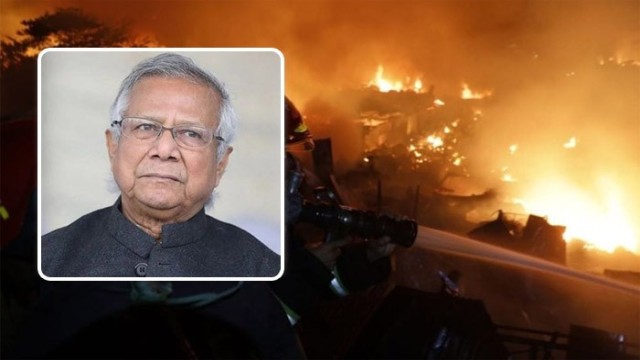


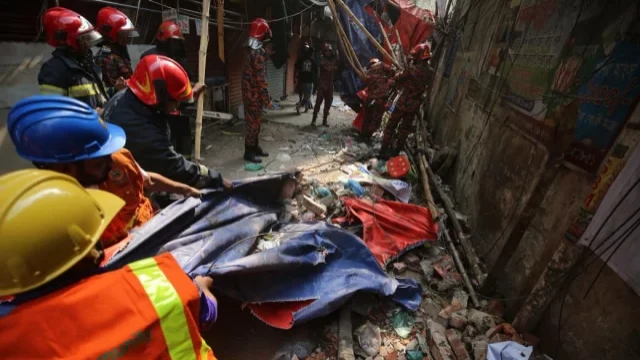






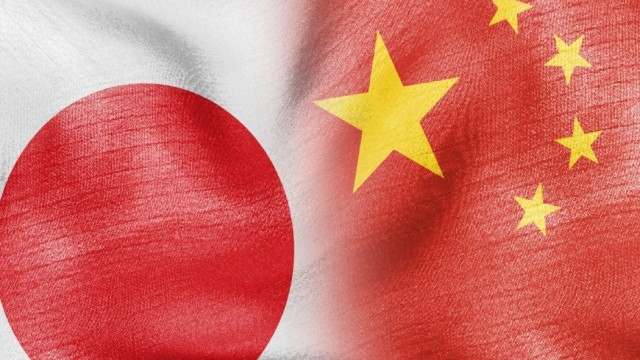


Comment: